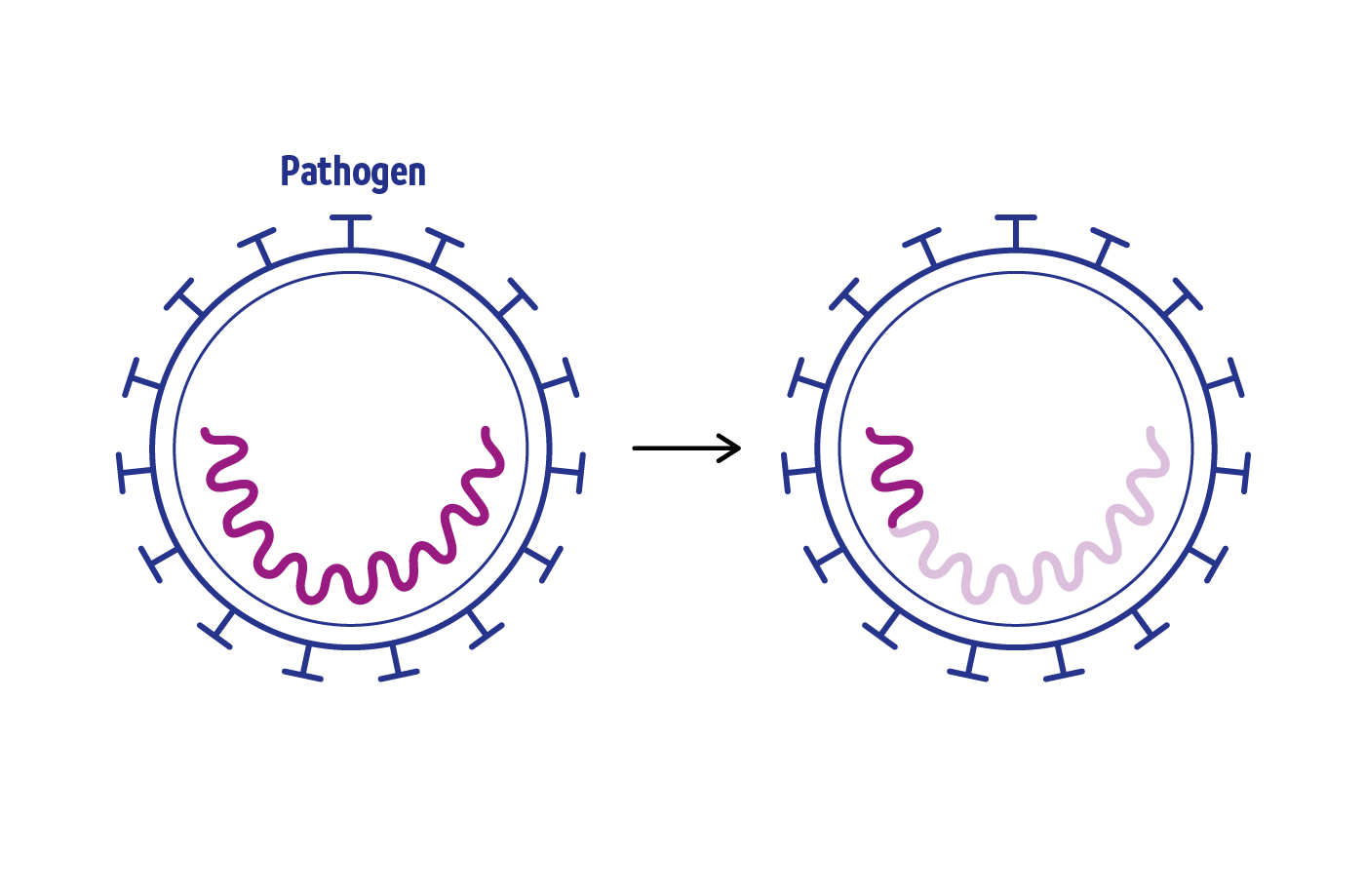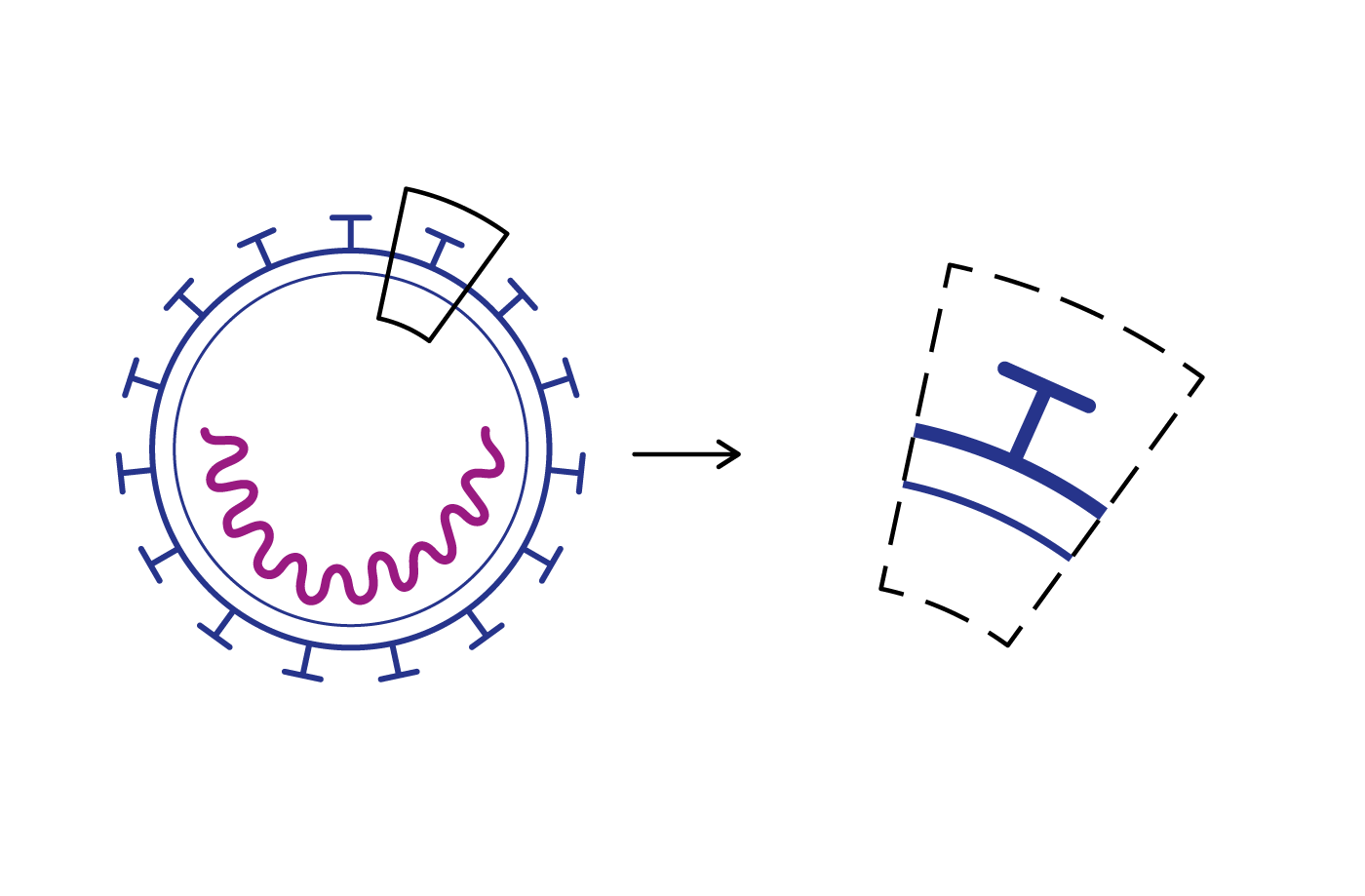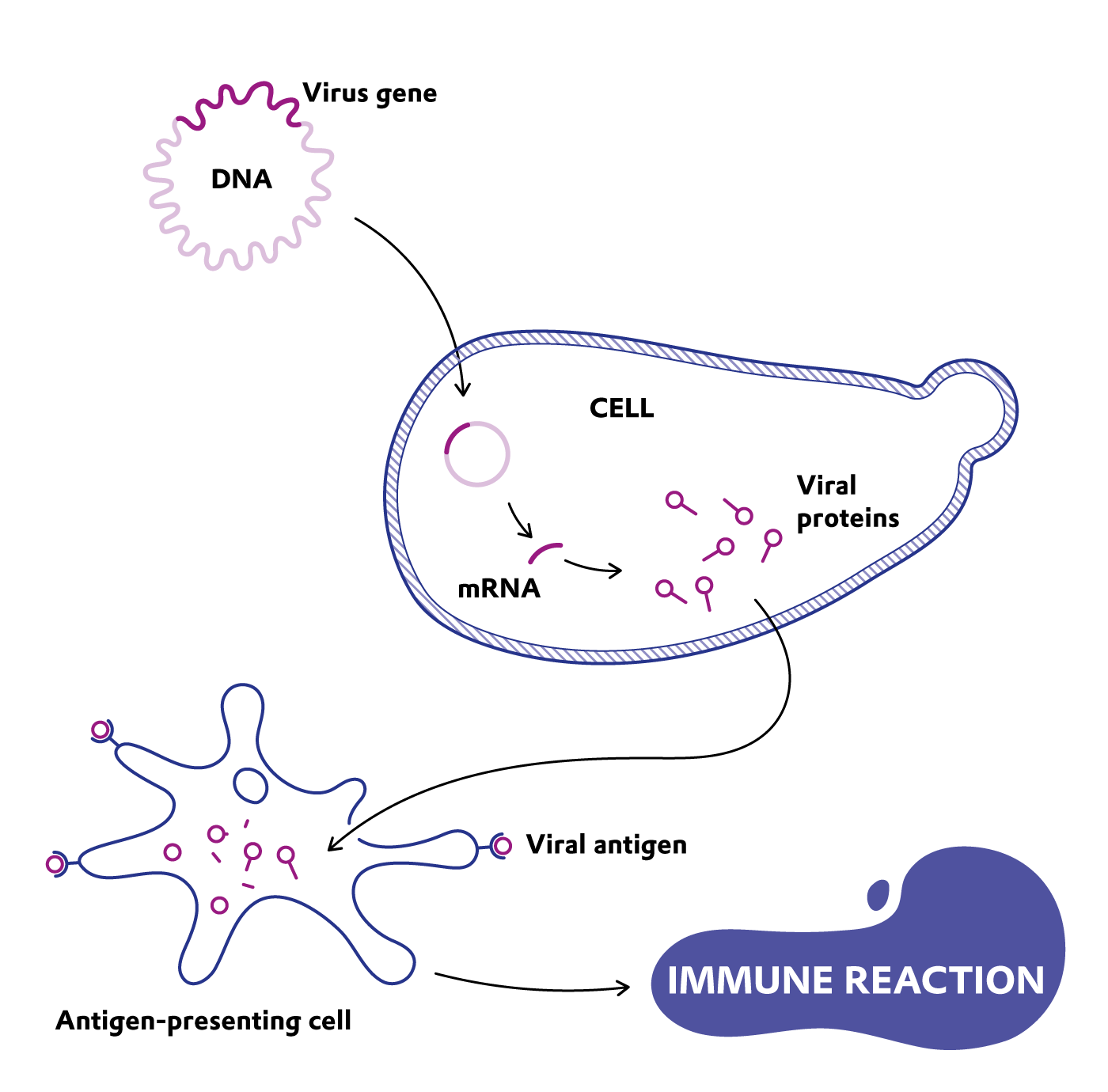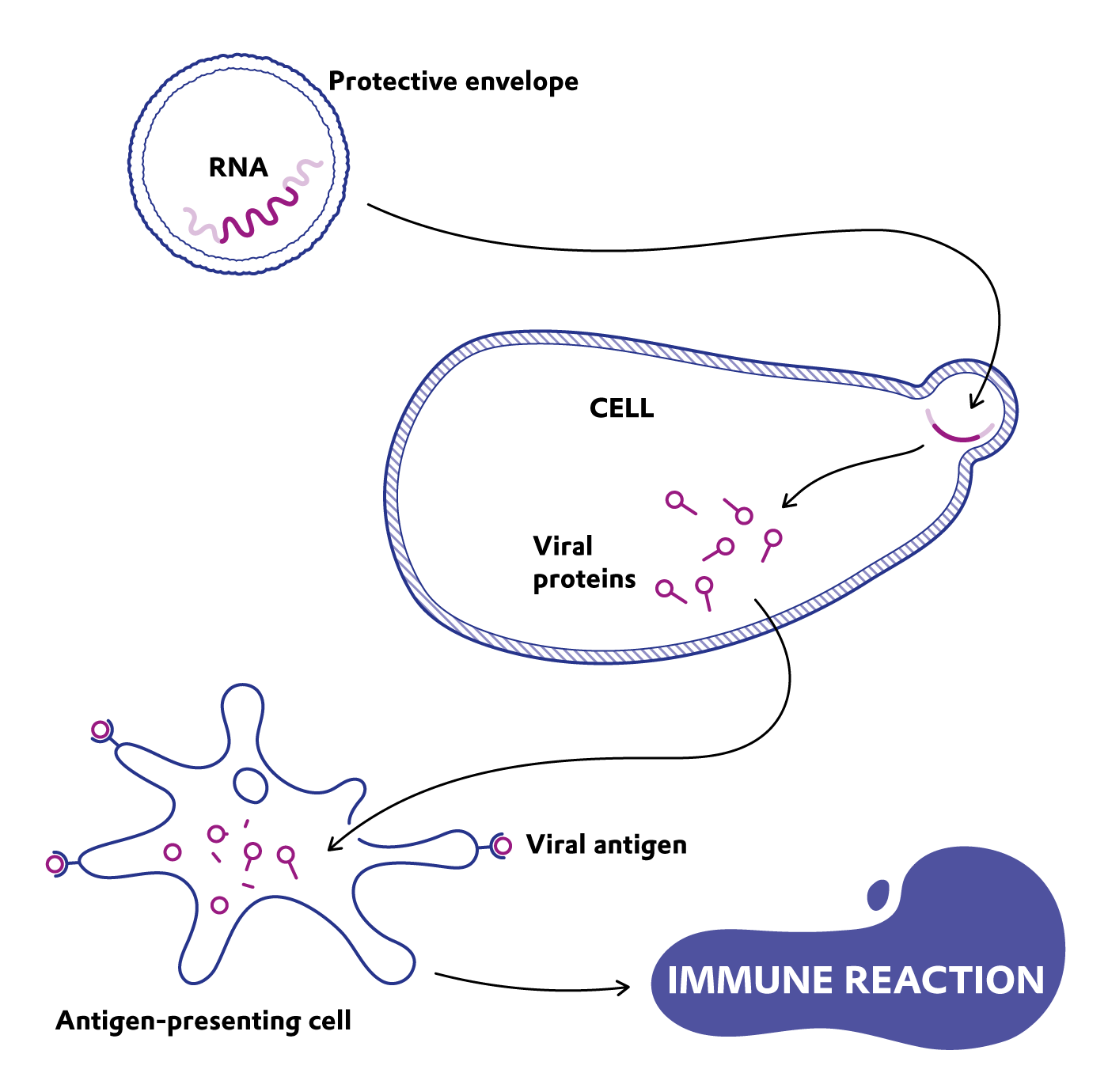
Vaccination
Reliable Transport
Special protection vehicle: Lipid nanoparticles envelop mRNA vaccines and enable their passage through the cell membrane.

Medical history
200 years of vaccination
Vaccination saves lives. A look back at over 200 years of successful struggle against viruses, bacteria, and deadly diseases.

Vaccination
Progress thanks to the chemical industry
A marathon, not a sprint: In the interview the virologist Prof. Hengel talks about the challenges involved in developing a new vaccine.

Pharma Polymers
How Medications Enter the Body
The “chemical packaging” and the navigation to specific targets are becoming ever more precise.
ELEMENTS Newsletter
Get fascinating insights into the research Evonik is conducting, and its social relevance, by subscribing to our free newsletter.






